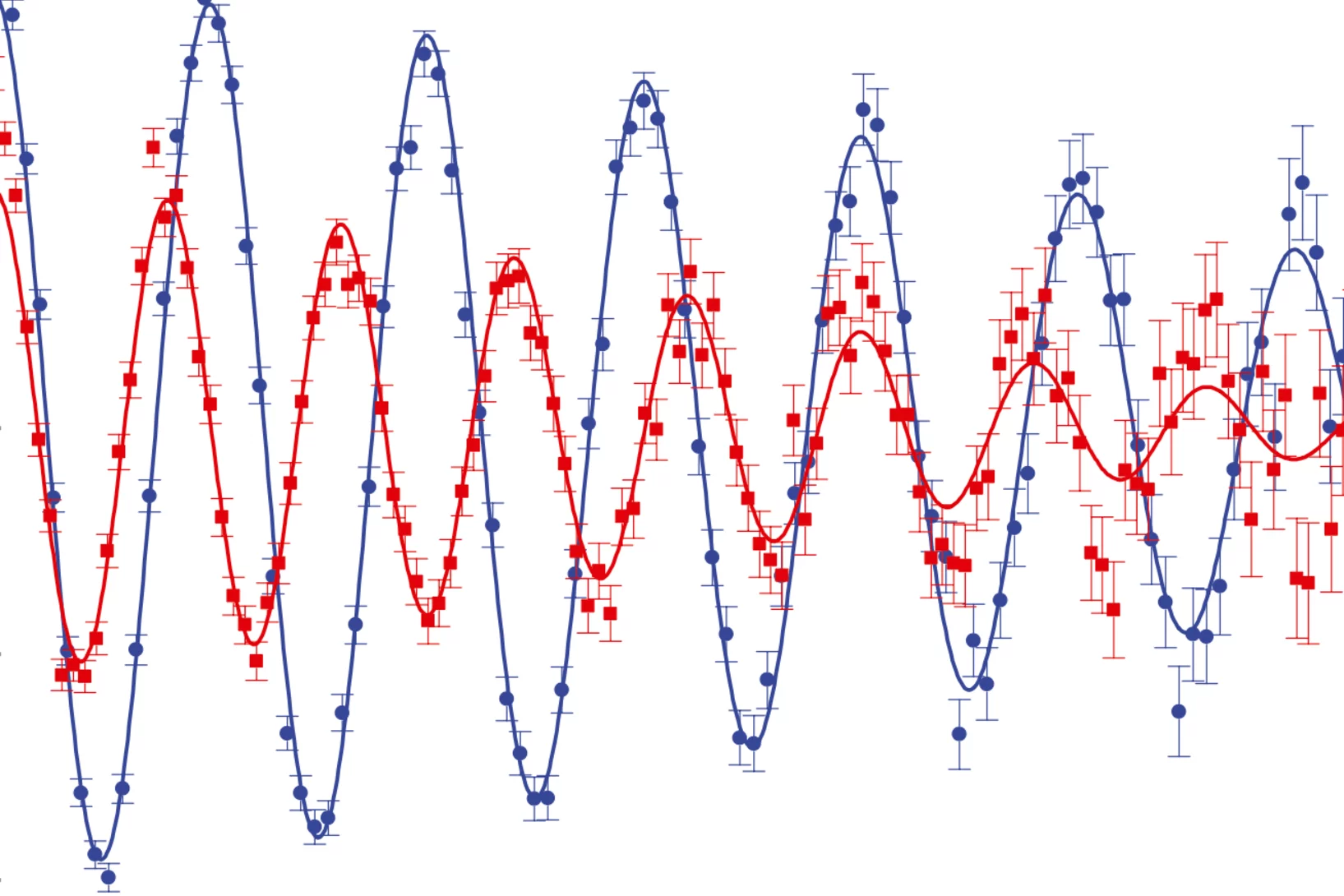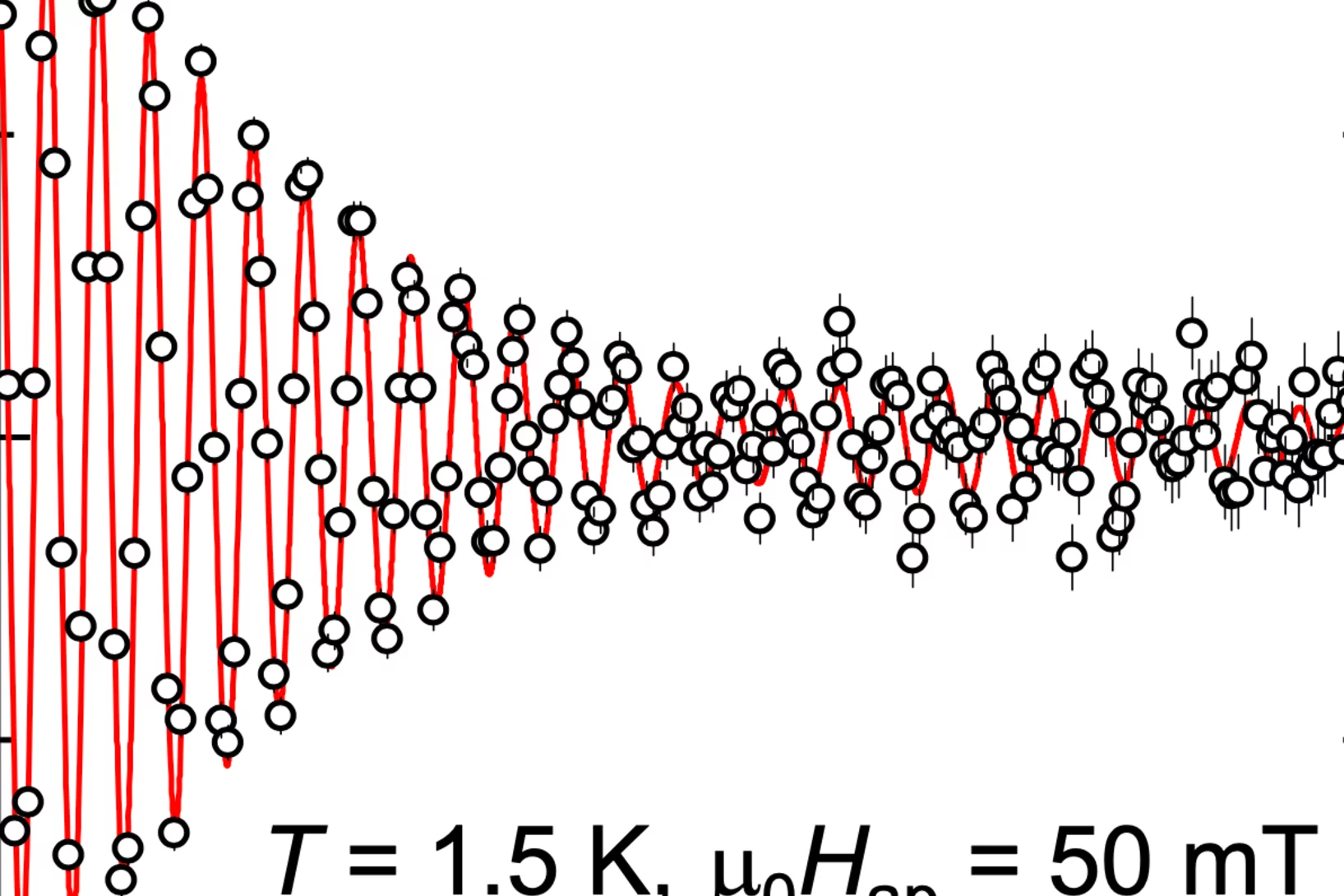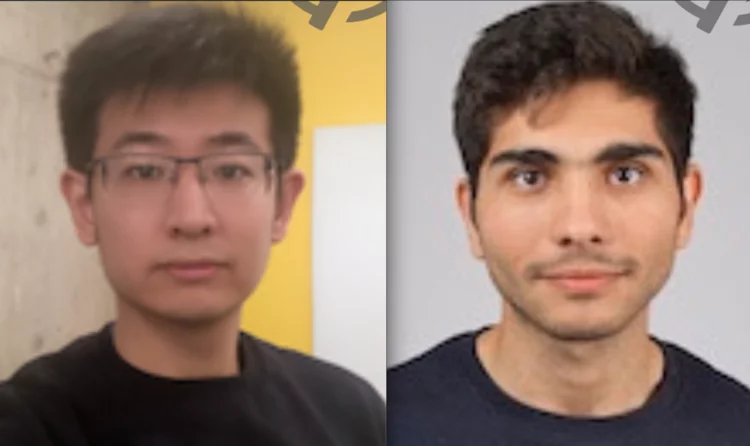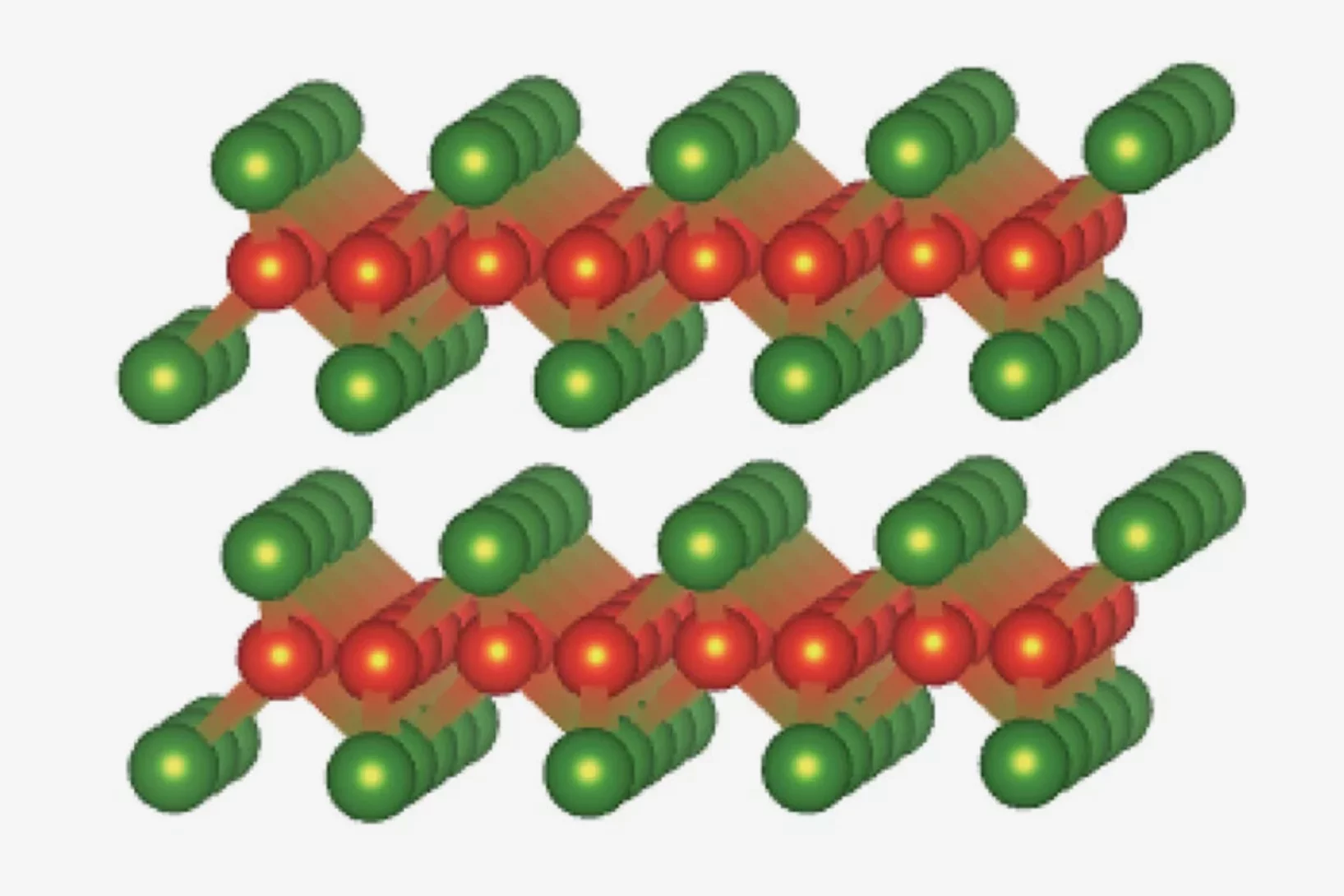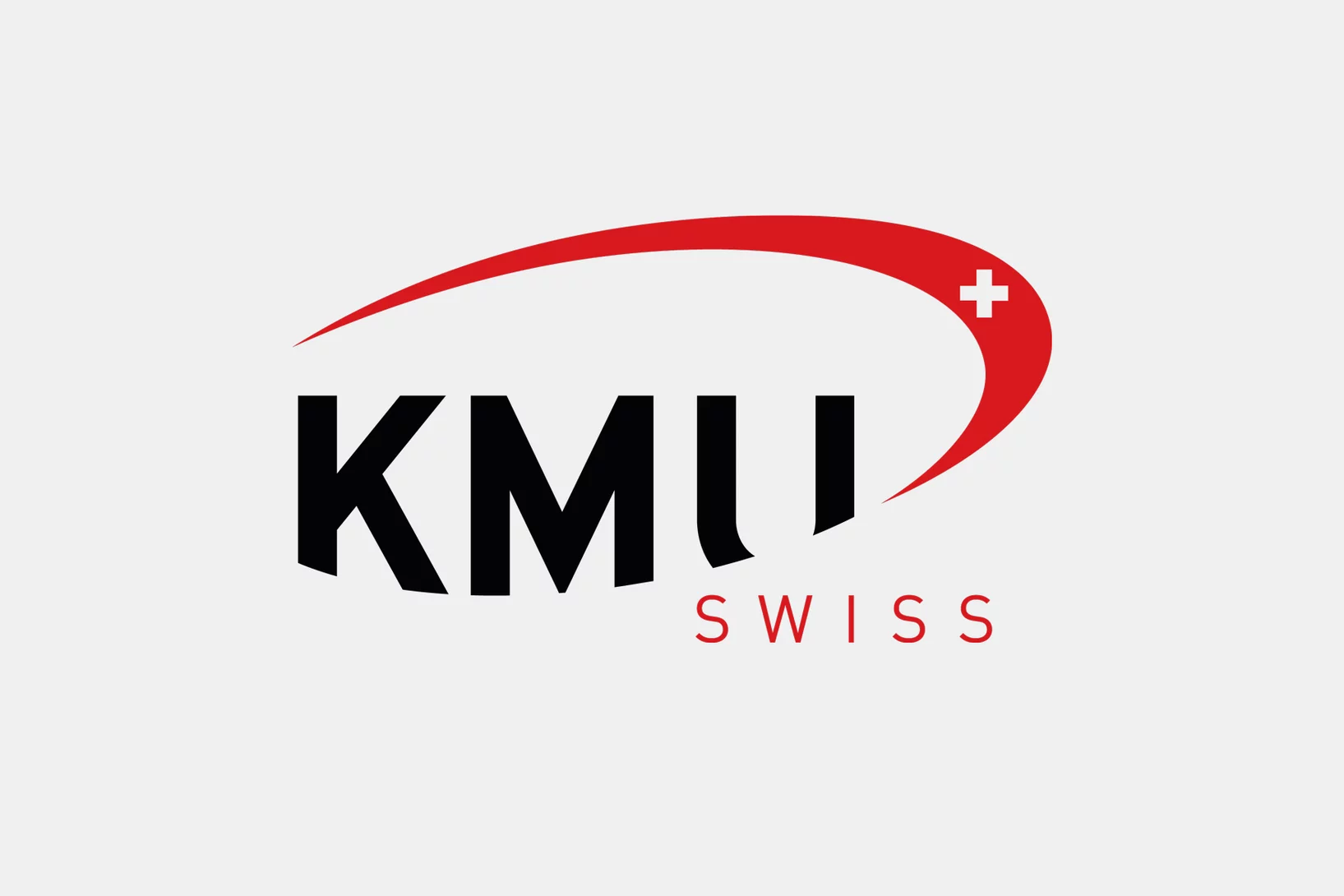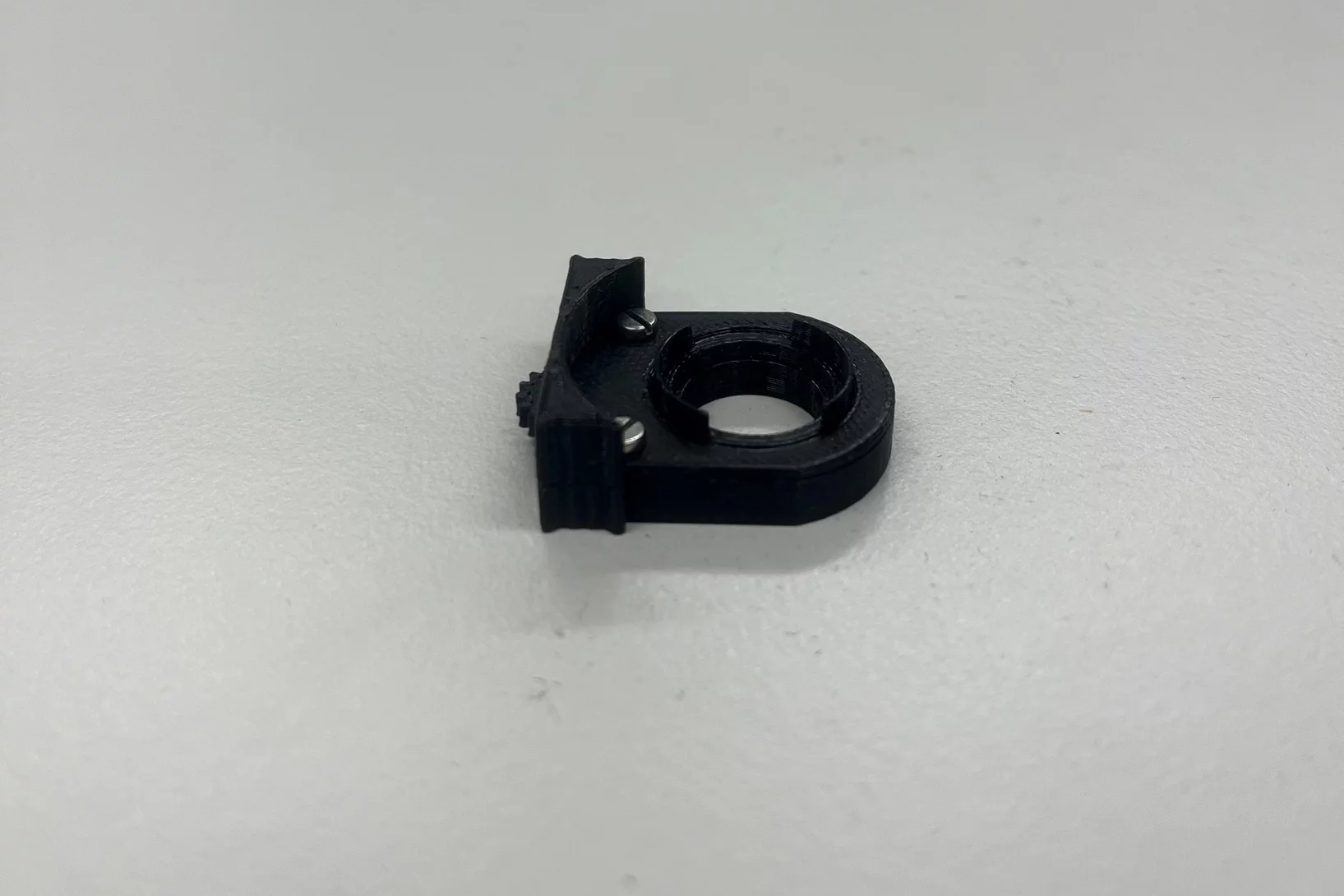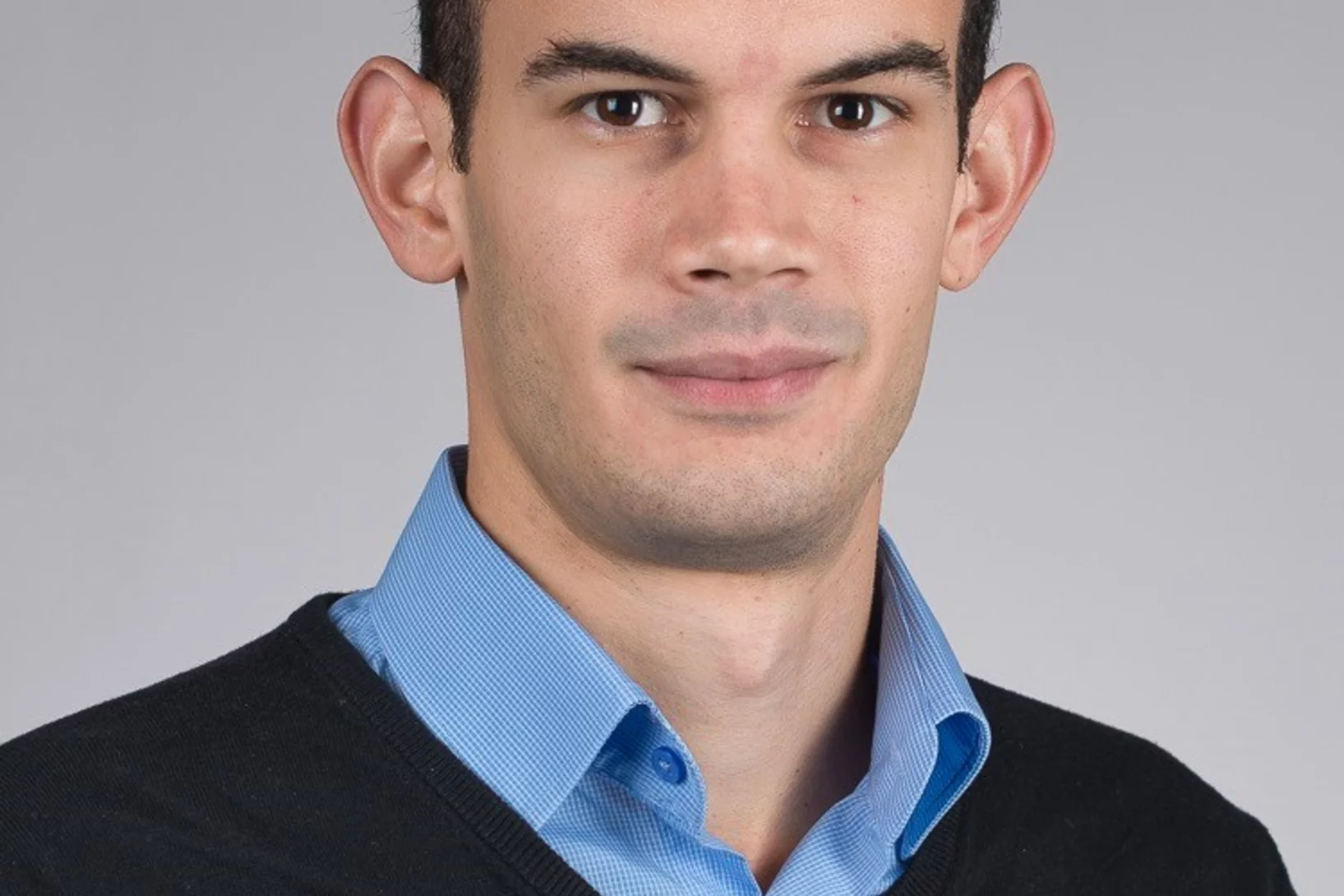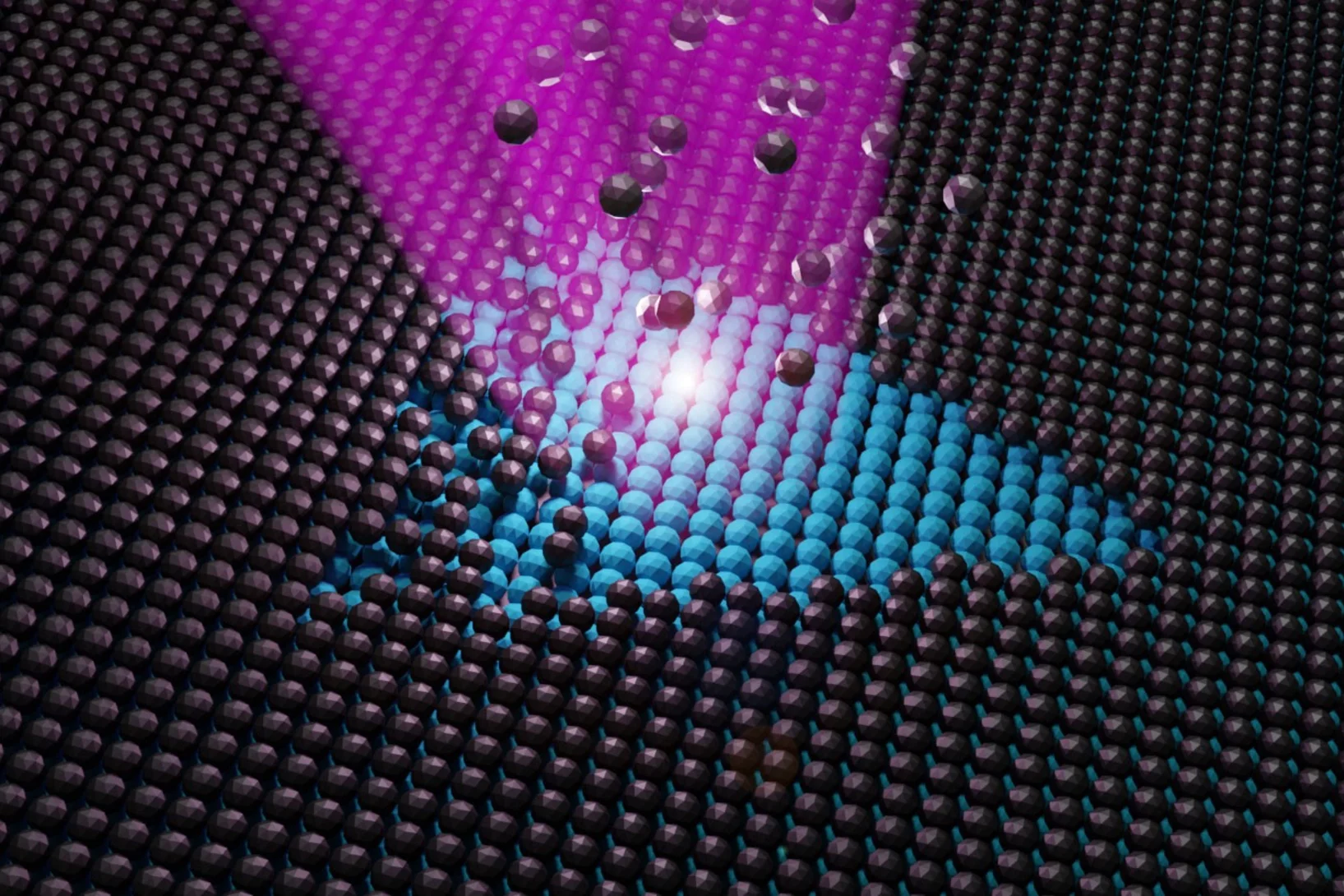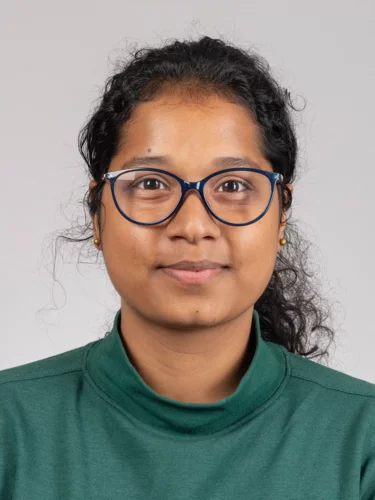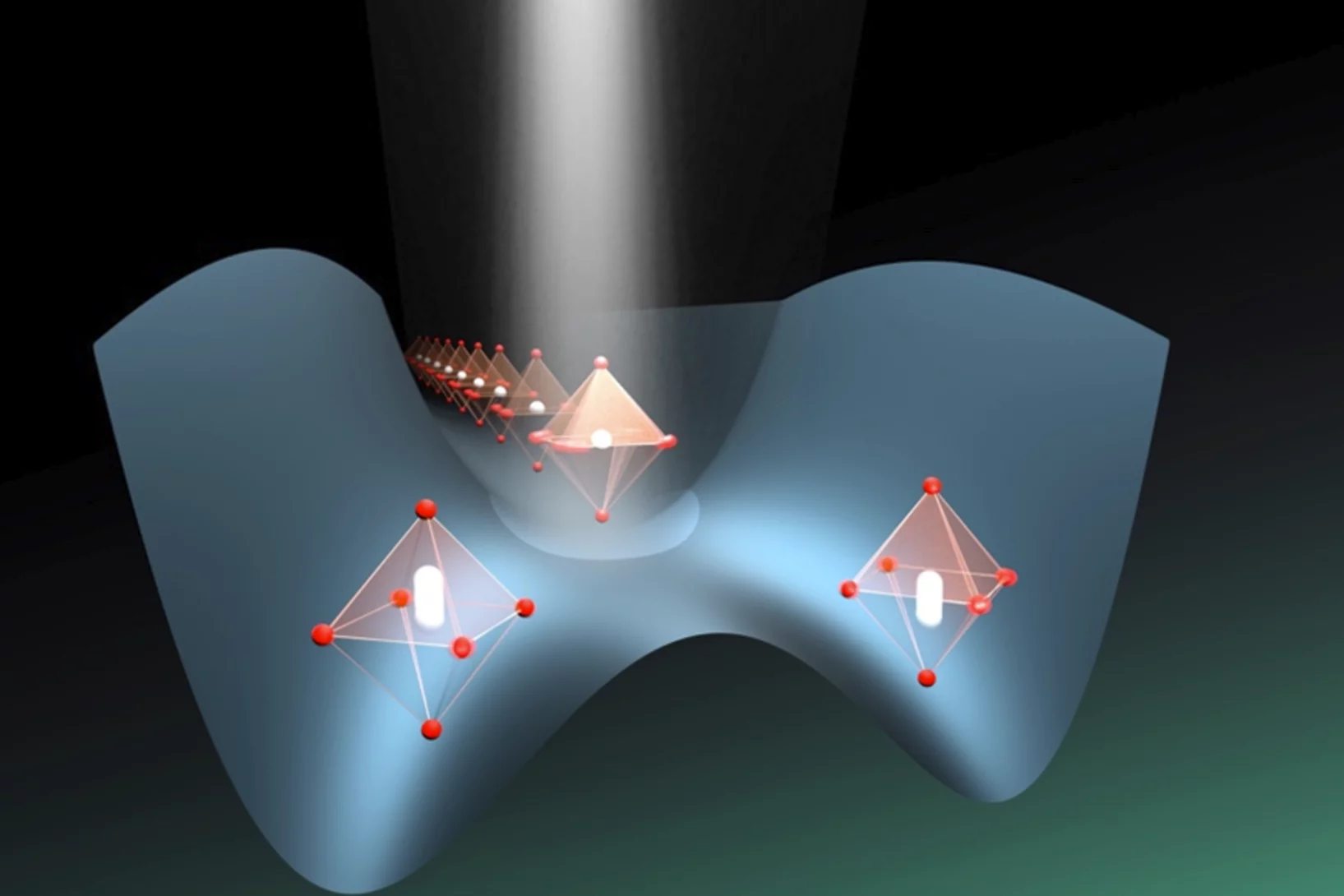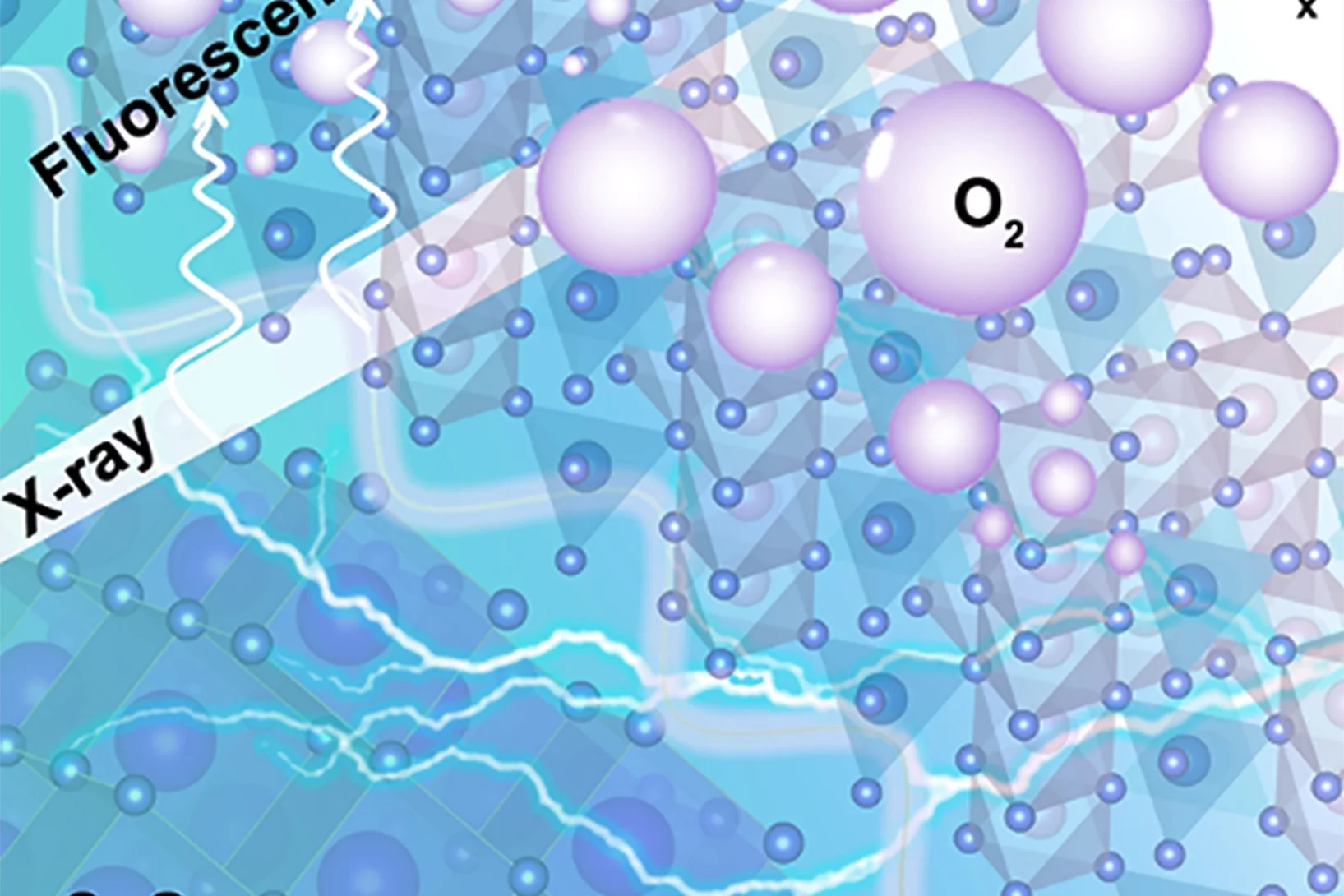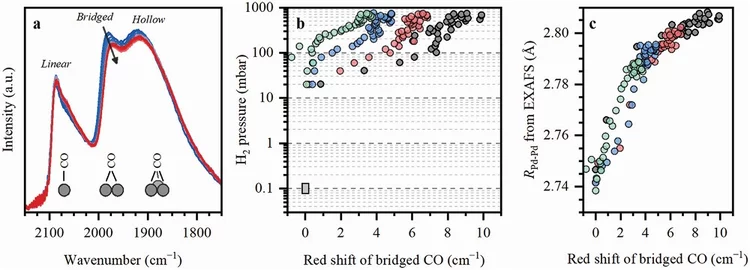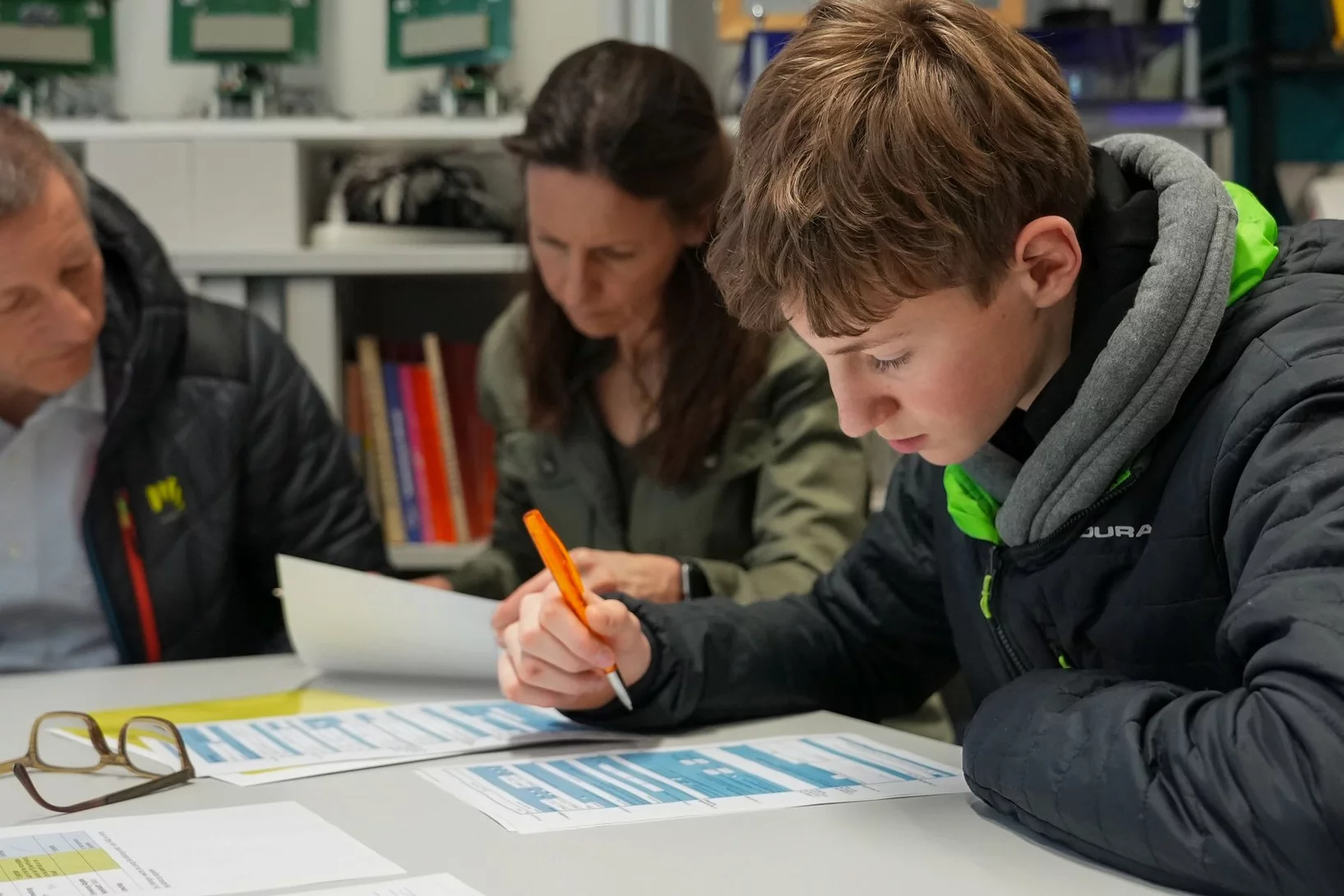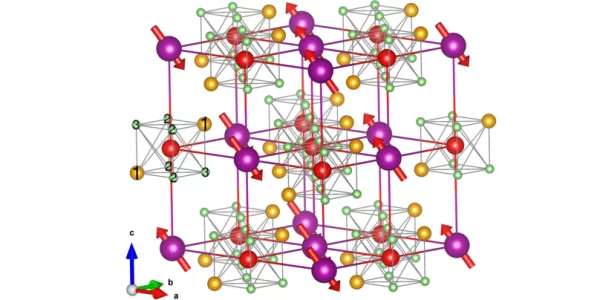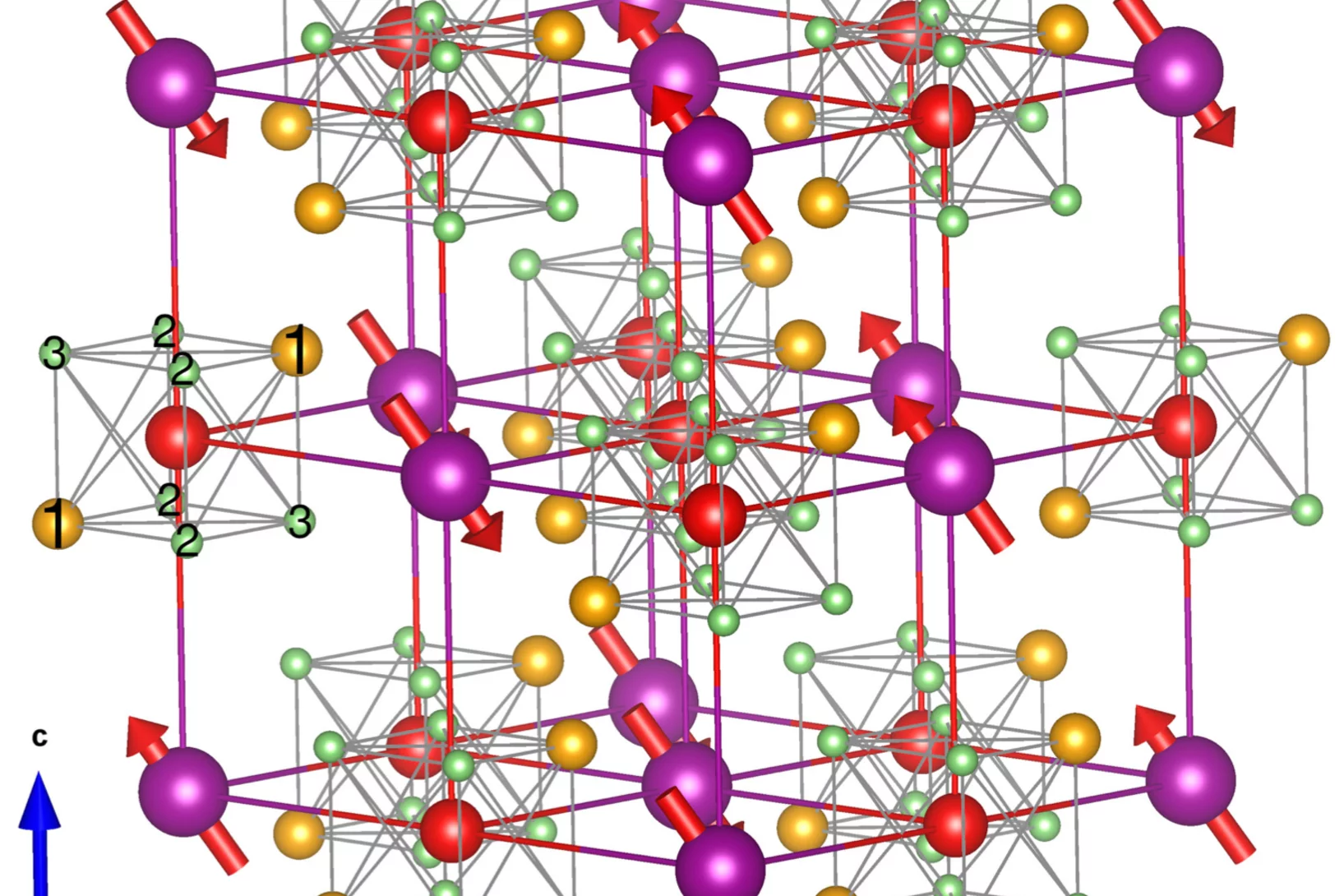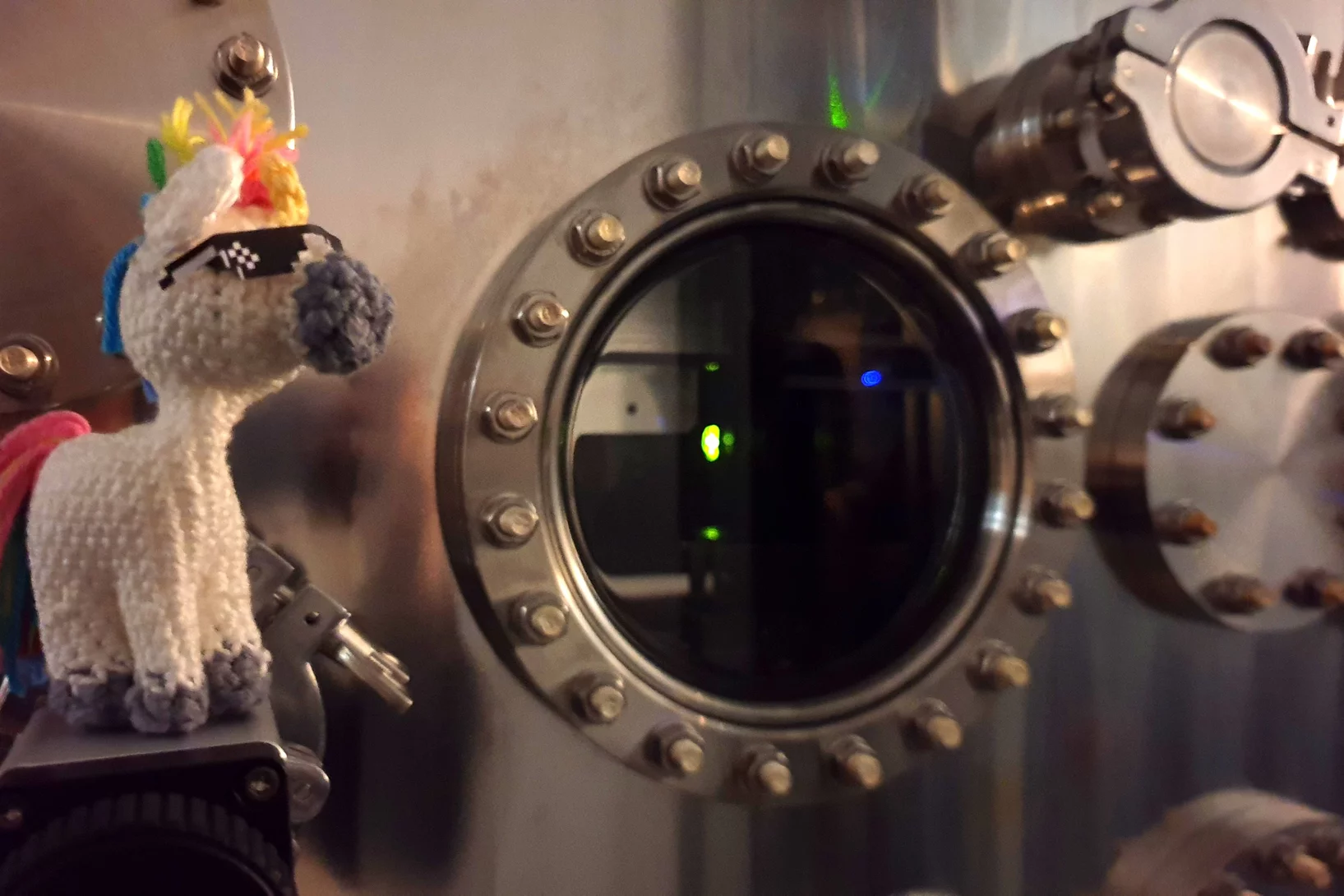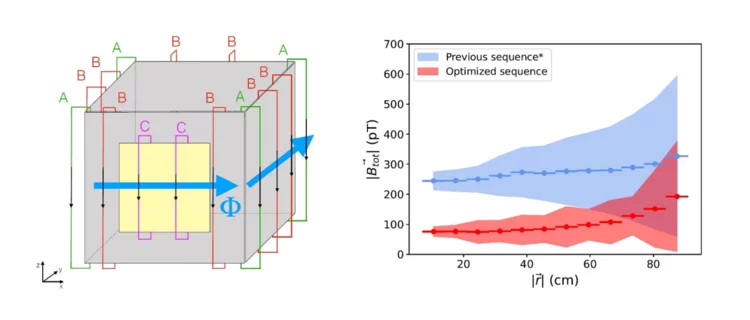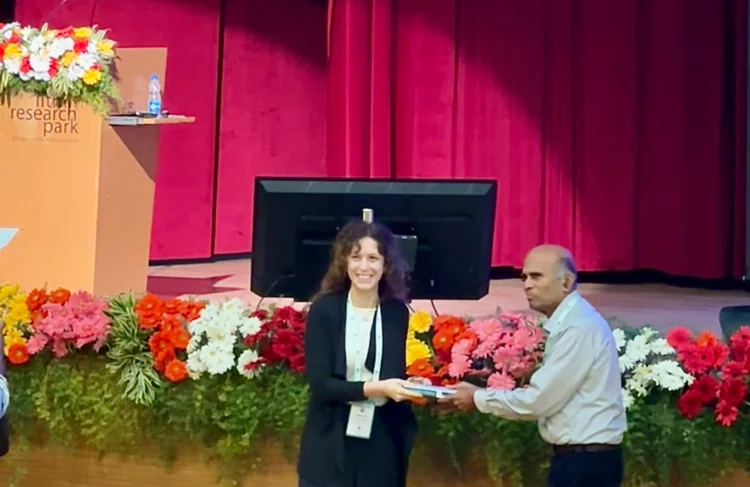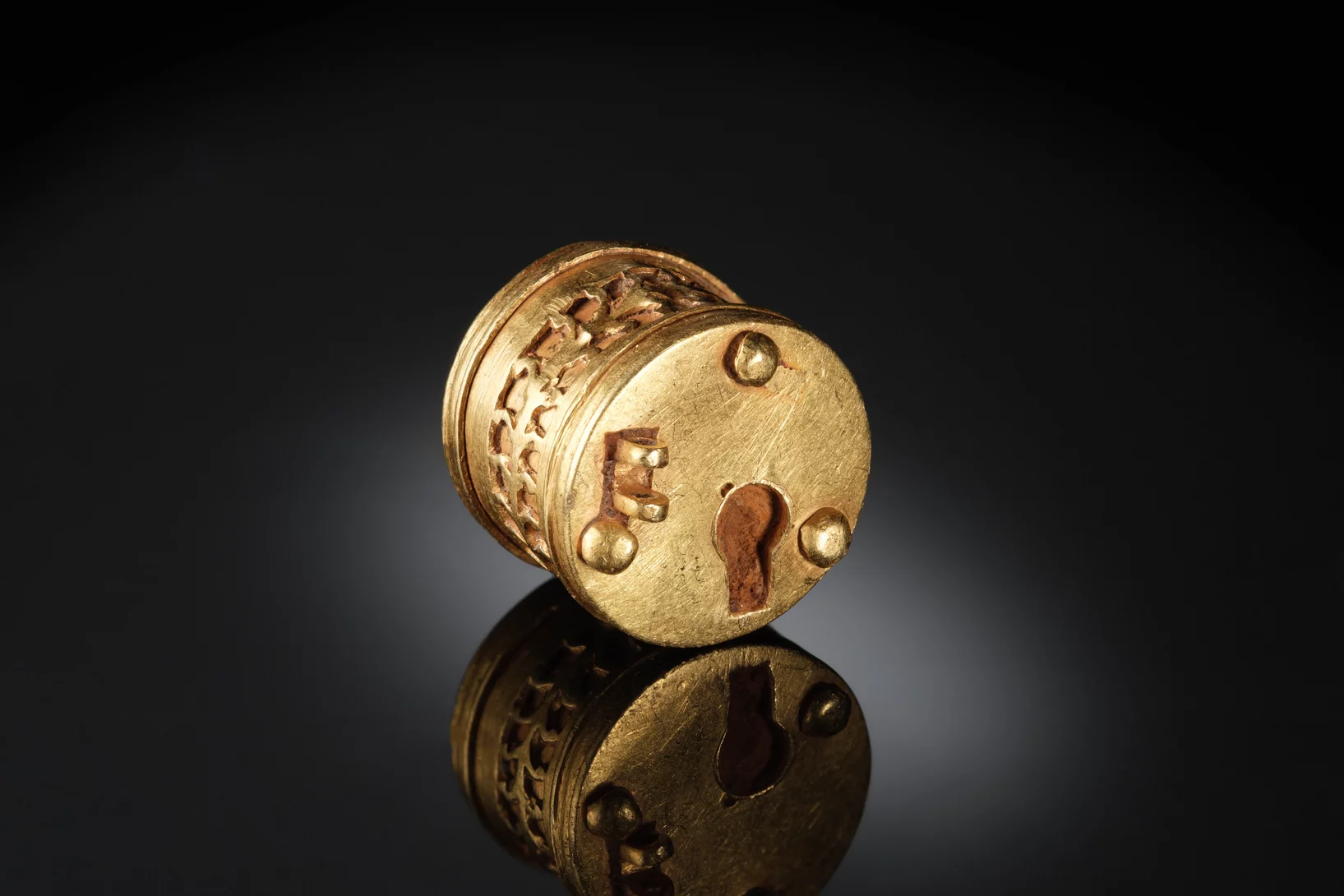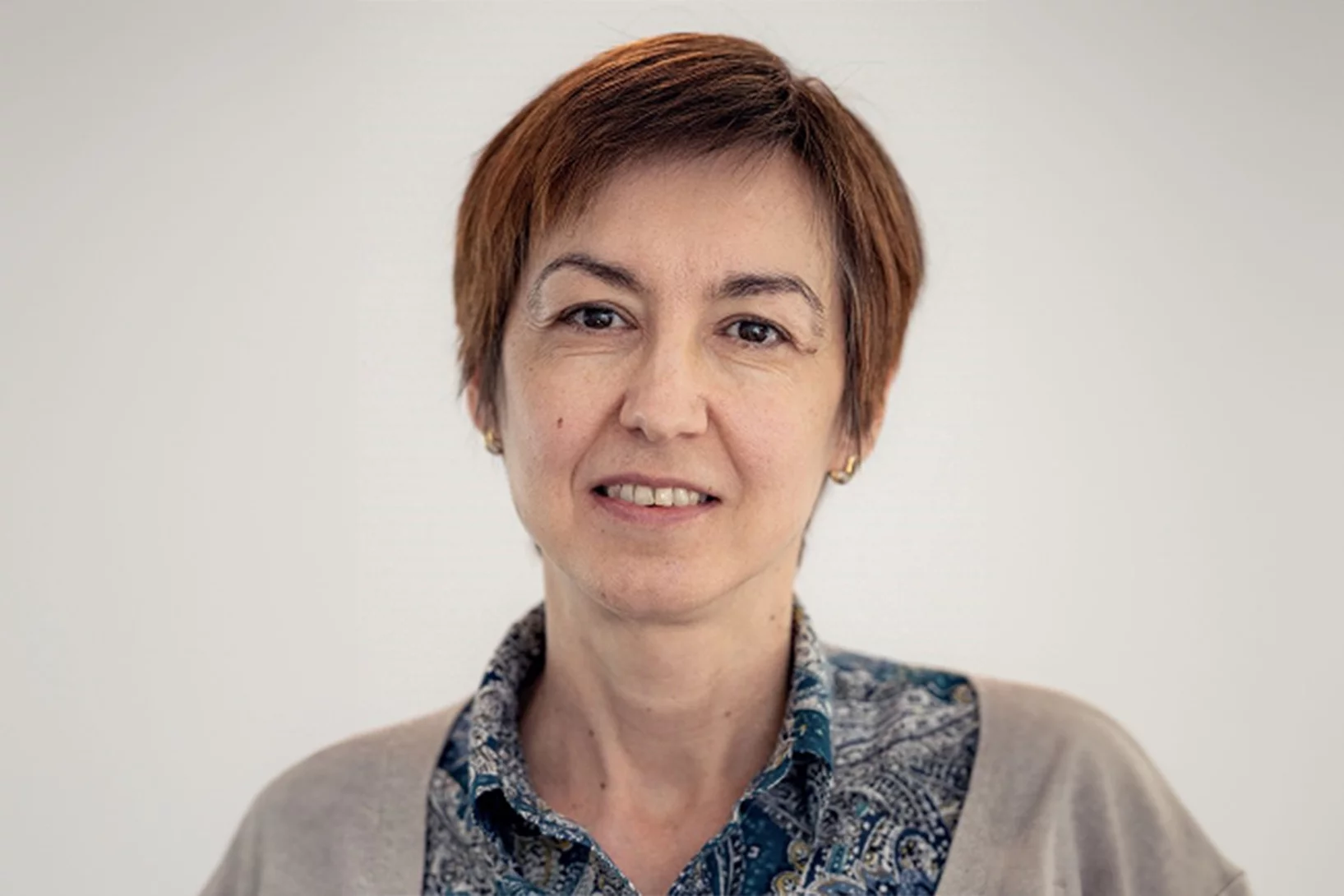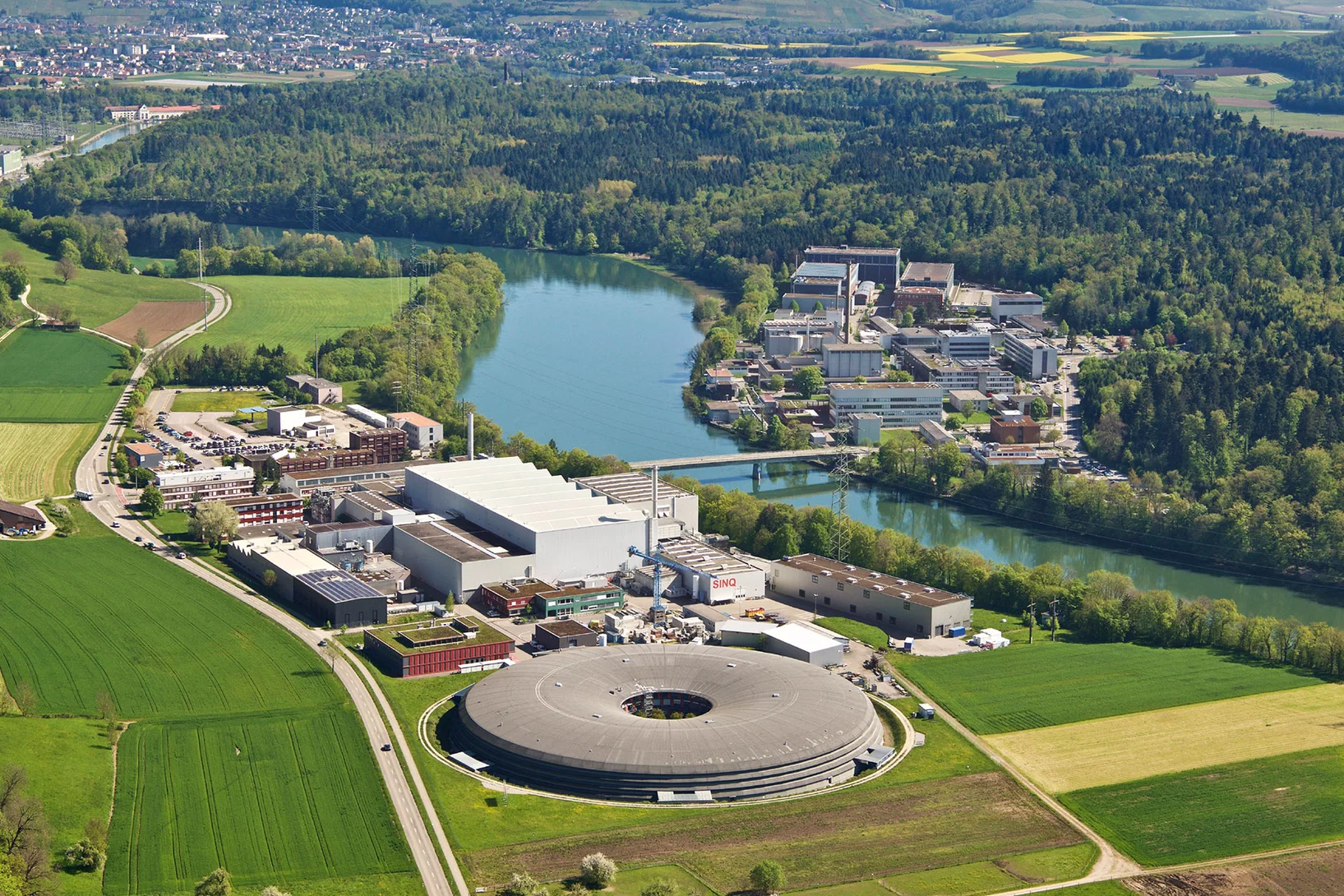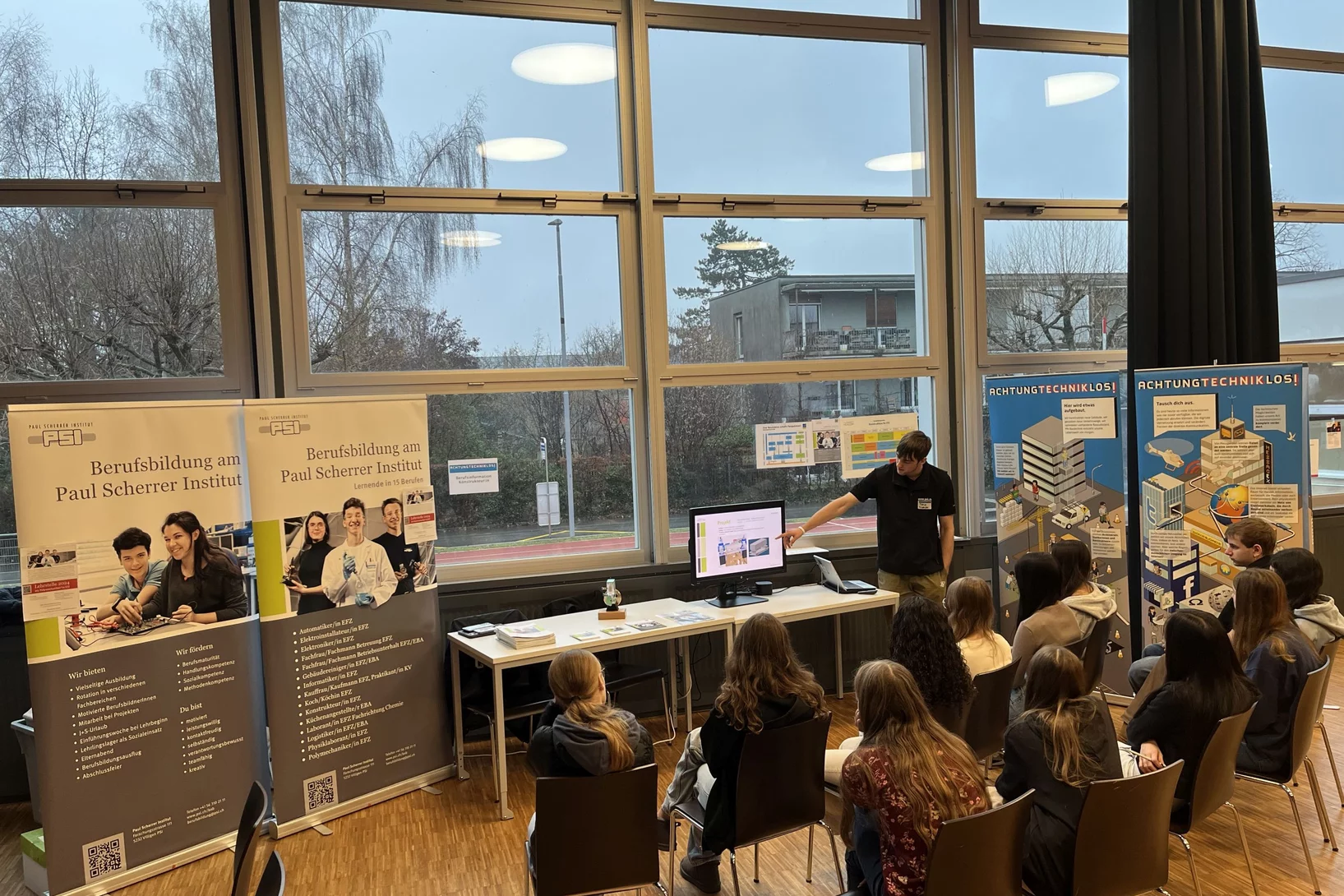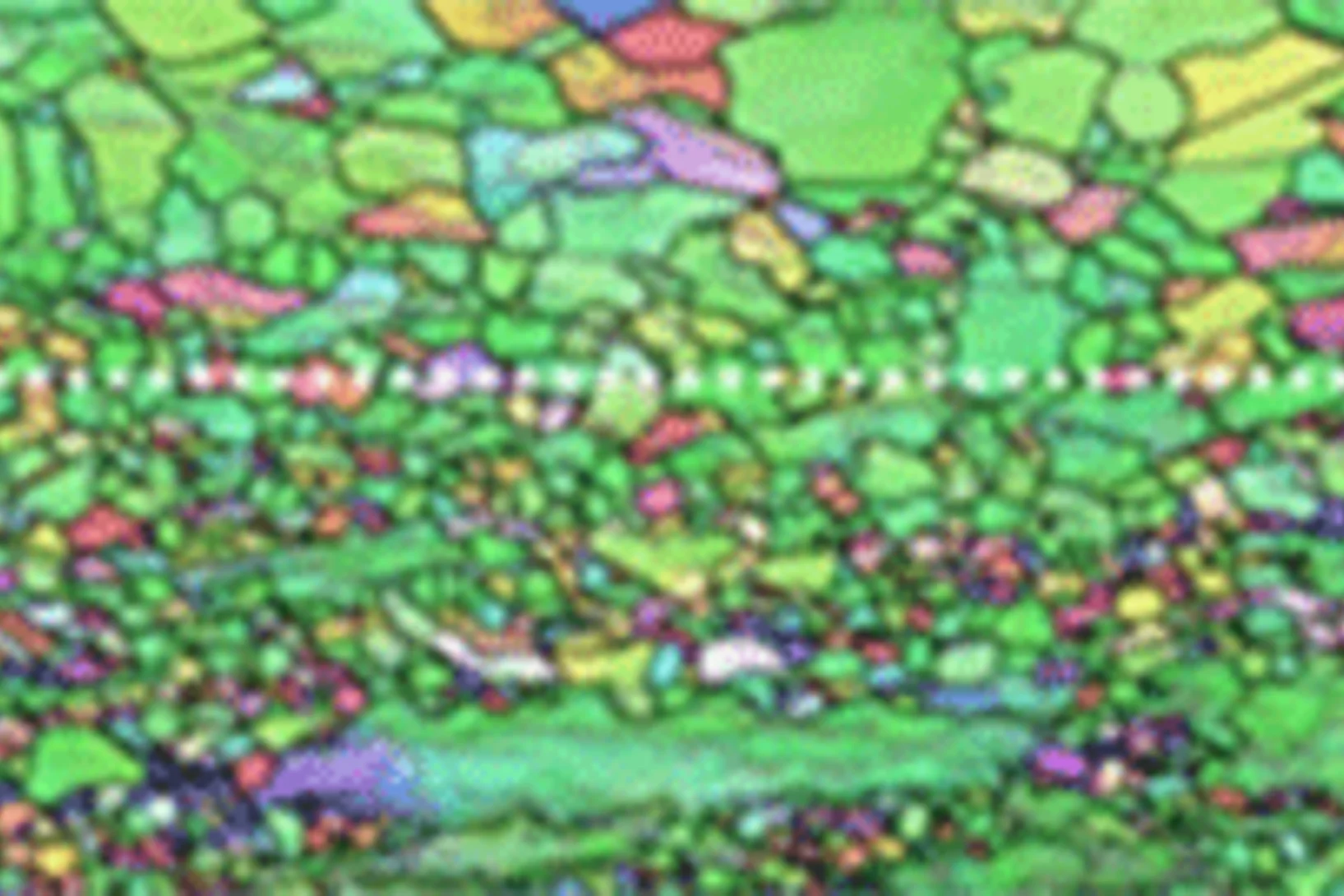Shifting away from nuclear energy, expanding solar and wind power, generating energy from biomass, reducing energy consumption. Switzerland is committed to becoming climate-neutral by 2050. An ambitious goal, which has become more urgent than ever due to the increasingly challenging geopolitical situation. How can a sustainable and resilient energy supply for Switzerland be established over the coming years? What's the optimal way to use renewable energy sources? What new technologies are especially promising? At PSI, researchers are seeking answers to these crucial questions.
Welcome to LXN Nicolai Taufertshöfer
Herzlich Willkommen Nicolai Taufertshöfer im LXN!
SRF material research using muon spin rotation and beta-detected nuclear magnetic resonance
Muon spins precess in transverse magnetic fields and emit a positron preferentially in the spin direction at the instant of decay, enabling muon spin rotation (μSR) as a precise probe of local magnetic fields in matter. μSR has been used to characterize superconducting radio-frequency (SRF) materials since 2010. At TRIUMF, a beam of 4.2 MeV μ+ is implanted at a material-dependent depth of approximately 150 μm. A dedicated spectrometer was developed to measure the field of first vortex penetration and pinning strength in SRF materials in parallel magnetic fields of up to 300 mT. A low-energy beam available at PSI implants μ+ at variable depth in the London layer allowing for direct measurements ...
Tuning of the flat band and its impact on superconductivity in Mo5Si3−xPx
The superconductivity in systems containing dispersionless (flat) bands is seemingly paradoxical, as traditional Bardeen-Cooper-Schrieffer theory requires an infinite enhancement of the carrier masses. However, the combination of flat and steep (dispersive) bands within the multiple band scenario might boost superconducting responses, potentially explaining high-temperature superconductivity in cuprates and metal hydrides. Here, we report ...
Altermagnetism proves its place on the magnetic family tree
Experiments at the Swiss Light Source SLS prove the existence of a new type of magnetism, with broad implications for technology and research.
Congratulations Dr. Boyang Zhou and Dr. Amirreza Hemmatzade!
Recently, Boyang Zhou (left) and Amirreza Hemmatzade (right) have successfully defended their PhD theses conducted at LNS.
Interface-induced superconductivity in magnetic topological insulators
One of the recipes for realizing topological superconductivity calls for interfacing a topological insulator with a superconductor. In a variant of that approach, Yi et al. grew a heterostructure consisting of layers of a magnetic topological insulator, (Bi,Sb)2Te3 doped with chromium, and antiferromagnetic iron telluride. Neither of these materials is superconducting, but iron telluride is a parent compound for a family of iron-based superconductors. Interfacing the layers led to the appearance of superconductivity in the presence of ferromagnetism and topological band structure. This combination of properties makes the heterostructure a promising, although not yet proven, platform for observing chiral topological superconductivity.
PSI at the this year’s KMU Swiss Symposium!
This year's KMU Swiss Symposium will take place in Baden, Kt. Aargau, on 21 March - we are pleased to be there again this year!
Filterhalterung für ein Mikroskop
Teile effizient mittels 3D-Druck herstellen
PSI alumni at our partner companies: Dionysios Chionis, Axpo
The PSI Career Blog presents PSI alumni and their career paths, as well as the daily work and career perspectives at our partner companies. Today we get both combined: Dionysos Chionis joined Axpo after his PhD at PSI, and provides an insight into his current position as head of the Nuclear Physics Group at Axpo Group.
Extreme ultraviolet for scalable silicon quantum devices
Experiments at the Swiss Light Source (SLS) show the potential of extreme ultraviolet light (EUV) to make the building blocks of scalable quantum computers.
Unravelling the amorphous structure and crystallization mechanism of GeTe phase change memory materials
Here we use in-situ high-temperature x-ray absorption spectroscopy (XAS) and theoretical calculations to quantify the amorphous structure of bulk and nanoscale GeTe. Based on XAS experiments, we develop a theoretical model of the amorphous GeTe structure, consisting of a disordered fcc-type Te sublattice and randomly arranged chains of Ge atoms in a tetrahedral coordination.
Swiss Quantum Days Poster Prize for Adrian Rutschmann
Congratulations Adrian Rutschmann for winning a prize at the Swiss Quantum Days 2024 for a poster on our recent X-ray-detected ferromagnetic resonance experiment at SwissFEL.
Welcome to Archana Ramakrishnan!
A warm welcome to Archana Ramakrishnan.
She will work as a PhD student on the reFuel.ch project.
Short x-ray pulses reveal the source of light-induced ferroelectricity
Ultrafast measurements of the fluctuating atomic positions in the quantum paraelectric SrTiO3 after mid-infrared light excitation, reveal details about the creation of the material’s ferroelectric state.
Insights into the superior oxygen evolution reaction activity of CoOx/CeO2 composite electrocatalyst
CeO2 significantly enhances the oxygen evolution reaction (OER) activity of CoOx, although the mechanism behind this synergy is still unclear. Here, operando hard X-ray absorption spectroscopy (hXAS) is applied to monitor the Co-K edge and Ce L3 edge in CoOx/CeO2 to shed light on the evolution of Co and Ce oxidation states during OER. In addition, ex situ soft XAS (sXAS) characterizations provide information on the irreversible surface-specific transformations of the Co L3 edge as well as the O K edge.
Machine Learning for Quantitative Structural Information from Infrared Spectra: The Case of Palladium Hydride
Infrared spectroscopy (IR) is a widely used technique enabling to identify specific functional groups in the molecule of interest based on their characteristic vibrational modes or the presence of a specific adsorption site based on the characteristic vibrational mode of an adsorbed probe molecule. The interpretation of an IR spectrum is generally carried out within a fingerprint paradigm by comparing the observed spectral features with the features of known references or theoretical calculations. This work demonstrates a method for extracting quantitative structural information beyond this approach by application of machine learning (ML) algorithms.
Vertragsunterzeichnung 2024
Ein herzliches Willkommen an unsere zukünftigen Lernenden!
Glacier melting destroys important climate data archive
PSI researchers analysed two ice cores from the Corbassière glacier on Grand Combin.
"Magnetostriction-Driven Muon Localization in an Antiferromagnetic Oxide" published in Phys. Rev. Lett.
A study involving PSI scientists from the LMS lab, and just published in Physical Review Letters has found that in manganese oxide, a textbook antiferromagnetic material, the site of an implanted spin-polarized muon is not well identified, but can change due to a previously neglected effect: magnetostriction.
Magnetostriction-Driven Muon Localization in an Antiferromagnetic Oxide
Magnetostriction results from the coupling between magnetic and elastic degrees of freedom. Though it is associated with a relatively small energy, we show that it plays an important role in determining the site of an implanted muon, so that the energetically favorable site can switch on crossing a magnetic phase transition. This surprising effect is demonstrated in the cubic rocksalt antiferromagnet MnO which undergoes a magnetostriction-driven rhombohedral distortion at the Néel temperature TN = 118 K. Above TN ...
First Light at MaxIV for SOPHIE
On January 23rd, 2024, first "Swedish" X-ray light was delivered to the SOPHIE endstation, currently installed at the SoftiMAX beamline of the MaxIV light source.
Achieving ultra-low and -uniform residual magnetic fields in a very large magnetically shielded room for fundamental physics experiments
n2EDM is the current state of the art experiment carrying out a high-precision search for an electric dipole moment of the neutron at the ultra-cold neutron source of PSI. In order to reach it’s incredible precision of 10-27 e cm, a stable and uniform magnetic environment is critical. Thus, shielding the experiment from external magnetic flux and preparing a pristine magnetic environment is crucial. To achieve this, n2EDM uses both passive and active magnetic shielding components. External, or residual, magnetic field contributions must be near-zero, and can be achieved via “degaussing” the experiment’s passive magnetic shielding. Degaussing reduces, ideally “erases”, the residual magnetization of a material. In this work, we greatly improved the degaussing procedure of n2EDM, reducing the residual magnetic field by a factor of two, improving its uniformity, and all while taking less time and dissipating less heat.
LNS at the Highly Frustrated Magnetism conference 2024
Ilaria Villa, PhD student at LNS and LIN, represented our activities at the last conference on Highly Frustrated Magnetism held at the Indian Institute of Technology Madras, in Chennai (7-13 January, 2024). Ilaria received one of the best poster prices.
A precision mechanical masterpiece in miniature
With the discovery of a golden miniature box lock, an extraordinary and unique archaeological find was made in north-western Germany by a licensed detectorist.
The object represents an extremely reduced and valuable version of the provincial Roman box locks. These everyday objects were in general significantly larger and normally made either of iron, iron with silver or bronze bands or bronze.
Prof. Laura Grigori wins the SIAM Supercomputing Career Prize
Congratulations to Laura Grigori for being awarded the 2024 SIAM Activity Group on Supercomputing Career Prize in acknowledgement of her "outstanding contributions to scientific computing, particularly communication-avoiding algorithms".
Are you interested in working at the Scientific Computing, Theory and Data division at the PSI?
We invite you to join us at the Paul Scherrer Institute, one of Europe's premier multidisciplinary research centres. Since its establishment in 1988, PSI has been dedicated to advancing scientific discovery across various fields. The Scientific Computing, Theory and Data (CSD) division at PSI serves as the core of computational science and data analysis at our institute, playing an important role in supporting research across all scientific disciplines.
Solid-state qubits: Forget about being clean, embrace mess
So says new recipe for dense arrays of qubits with long lifetimes.
Referenzfolienwechsler im SLS
Projekt einer Physiklaborantin EFZ
Achtung Technik Los!
Ein Angebot, um dem Fachkräftemangel entgegenzuwirken, das PSI hilft mit!
Observing laser-induced recrystallization
Synchrotron X-ray diffraction sheds light on laser-induced local recrystallization .


